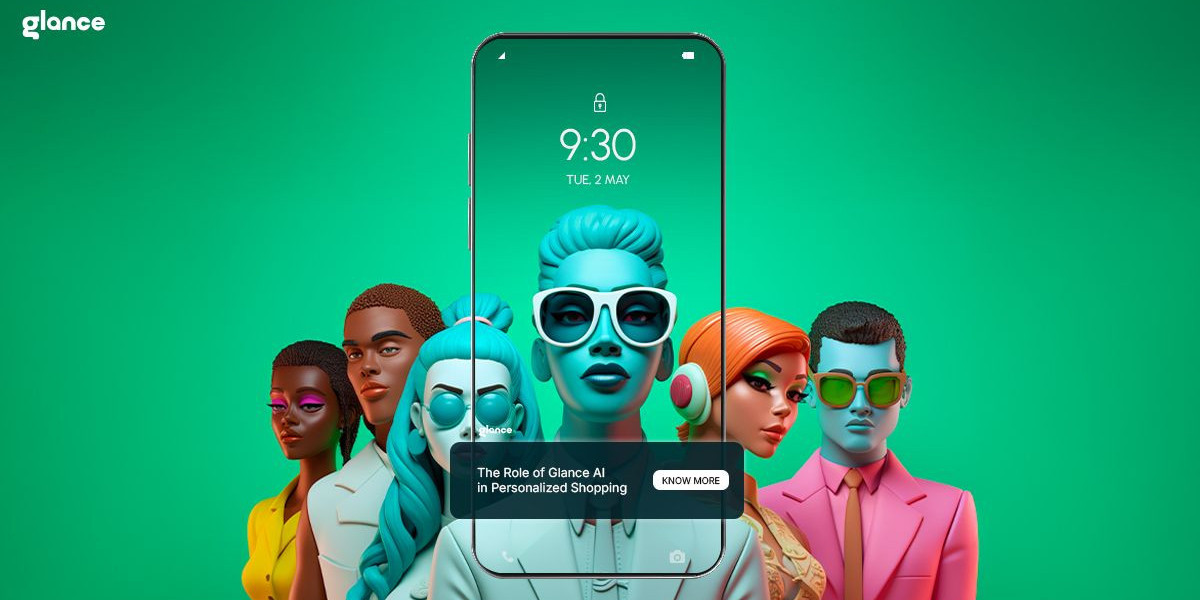Shopping for fashion has always been more than just picking clothes. It’s about discovering styles, trying new looks, and finding pieces that express who we are. But if we’re honest, the process isn’t always smooth. From endless scrolling on shopping apps to struggling with fit, trends, and styling confusion, fashion shopping can be overwhelming.
This is where the AI shopping assistant steps in—transforming fashion shopping from a guessing game into a guided, personalized, and even enjoyable journey.
What Is an AI Shopping Assistant?
An AI shopping assistant is like having a personal stylist inside your phone. It uses artificial intelligence to understand your preferences, body type, budget, and style goals, and then suggests outfits, accessories, or even full looks tailored to you.
Unlike traditional search filters on online stores, AI assistants are dynamic—they learn with every click, save, and purchase. Over time, they become smarter, making fashion shopping less about hunting and more about discovering.
Why Fashion Shopping Needs AI
Fashion shopping in today’s digital era isn’t simple. Think about it:
There are thousands of online retailers and fashion shopping apps.
Each offers millions of products, updated daily.
Trends change almost every month, sometimes every week.
For the average shopper, this flood of options creates decision fatigue. That’s why AI steps in—not to replace human style sense, but to filter the noise and highlight what truly matters to you.
How AI Shopping Assistants Enhance Fashion Shopping
1. Personalized Recommendations
The strongest role of an AI shopping assistant is personalization. It studies your browsing history, color preferences, and even occasions (like office wear vs. party wear) to suggest pieces that fit your lifestyle. Instead of wasting hours scrolling, you get curated lists that actually make sense.
2. Virtual Try-On Integration
When combined with virtual try-on technology, AI assistants can show you how a dress or blazer would look on your body before you buy. This builds confidence in purchases and reduces the frustration of returns.
3. Smart Wardrobe Management
Some AI-powered apps can even analyze the clothes you already own. They help you build outfits by mixing existing items with new ones, saving money and making your wardrobe more versatile.
4. Trend Guidance
Keeping up with trends is tricky, especially in fast-moving fashion. An AI shopping assistant can analyze global fashion data, influencer styles, and seasonal shifts, then tell you what’s relevant without overwhelming you.
5. Seamless Shopping Experience
No more opening 20 tabs and comparing endlessly. AI can streamline your shopping, showing the best deals, matching accessories, or even predicting when an item will go on sale.
The Business Side: Why Retailers Love AI Shopping Assistants
It’s not just customers who benefit—brands and retailers see massive advantages too.
Higher conversions: Personalized recommendations increase purchase likelihood.
Lower returns: AI-driven size and fit predictions reduce costly returns.
Better engagement: Users spend more time on apps that feel interactive.
Data insights: Retailers get deeper knowledge of customer preferences.
In short, the AI assistant improves profitability while keeping shoppers happy.
Real-Life Examples in Fashion Shopping
We’re already seeing this shift happen. From global retailers to niche boutique apps, AI-driven personalization is becoming the standard.
Apps like Glance AI, for example, don’t just let you browse—they actively guide you. With features like AI styling suggestions and virtual try-ons, shopping feels like chatting with a stylist who actually knows you. Instead of browsing blindly, you get confident, informed choices—something traditional online shopping rarely delivers.
The Emotional Side of AI in Fashion Shopping
Shopping is emotional. The right outfit can boost your confidence, transform your mood, and even change how others perceive you. But the wrong purchase? That’s wasted money, frustration, and sometimes self-doubt.
An AI shopping assistant reduces those emotional risks. It acts as a reassuring guide, nudging you toward outfits that actually align with your personality, lifestyle, and goals. This creates a sense of trust—something fashion shopping has often lacked in the online world.
The Future of AI Shopping Assistants
We’re only at the beginning of what’s possible. The next few years will likely bring:
Voice-driven shopping: Simply tell your AI assistant what you want, and it will fetch options.
Mood-based recommendations: Feeling bold today? Subtle tomorrow? AI will adapt.
Sustainability tracking: AI assistants will highlight eco-friendly or ethically sourced fashion options.
AR wardrobe simulations: Imagine standing in front of your mirror while AR shows you multiple outfit choices instantly.
Fashion shopping will move from overwhelming to effortless.
Conclusion
The AI shopping assistant is no longer a futuristic idea—it’s already reshaping fashion shopping today. For shoppers, it means confidence, personalization, and ease. For retailers, it means higher loyalty and profitability. And for the fashion industry as a whole, it signals a smarter, more intuitive way of connecting people with style.
Next time you open an app like Glance AI or another AI-driven fashion platform, remember: you’re not just scrolling—you’re getting guided by a digital stylist who knows your taste better than a catalog ever could.
The future of fashion shopping is personal, interactive, and intelligent—and the AI shopping assistant is leading the way.














